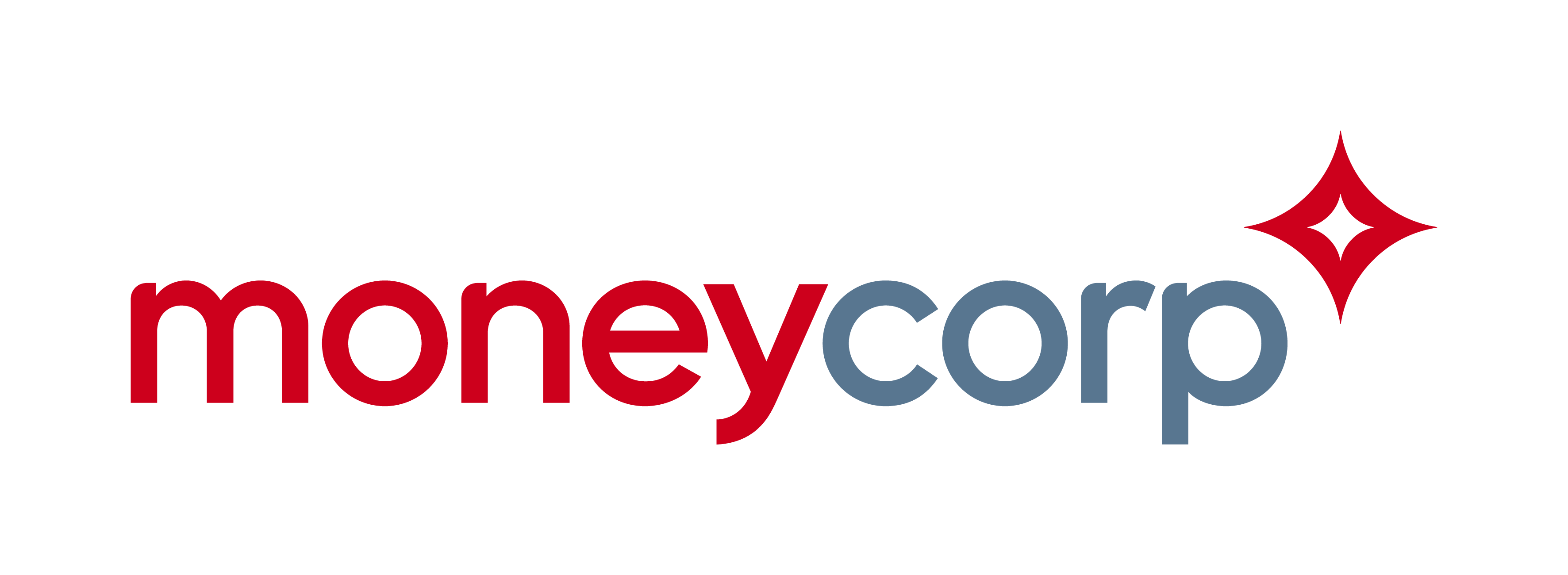Weekly Brief

Share Story
Mostly about inflation
7 minute readGBP
While there were no inflation data from the UK, the Bank of England was backward in coming forward about the subject. At the end of last week, Governor Andrew Bailey put noses out of joint when he urged workers not to ask for inflation-chasing pay rises soon after the bank had doubled borrowing costs. This week, Chief Economist Huw Pill made the case for “re-establishing a reputation for measured and purposeful steps in policy”, as opposed to taking the bold steps of “aggressive activism”. Mr Pill’s comments helped send the GBP to the back of the field on Wednesday, but it staged a full recovery the following day. On the week, sterling is an average of 0.5% firmer, losing out only to the USD to the tune of two thirds of a cent.
Until this Friday morning, the only economic data related to retail sales and house prices. The BRC said sales rebounded by 8.1% in January from a poor Covid-restricted performance 12 months earlier. Halifax and the RICS both reported continued strong demand for residential property. A raft of output data this morning included gross domestic product, which expanded by a provisional 1% in the fourth quarter and 7.5% in calendar 2021 after contracting by 9.4% in 2020.
EUR
Inflation in the Eurozone is projected to be around 5.1% in the year to January, close to a record high. However, it is not a homogeneous rate: national inflation rates range from 12% in Lithuania to 2.7% in Portugal, which makes it impossible for the European Central Bank to set a single benchmark interest rate that suits everybody. It must pick a number that does the least damage and the most good. That means weighing the decision towards the biggest countries with the largest economies—Germany, France and Italy which together amount to more than 60% of Eurozone gross domestic product.
Among those, Germany has been traditionally the most vocal about prudent monetary policy, not least because of the folk memory of the hyperinflation that made money essentially worthless in 1923. Against that background, the new Bundesbank President Joachim Nagel flexed his muscles this week. He told Die Zeit newspaper that if inflation were to remain high in March, he would favour normalising (tightening) monetary policy, ending net asset purchases so that interest rates could be raised before the end of the year. ECB Chief Economist Philip Lane will not easily be persuaded, though. He believes “inflation [should] return to its trend without a need for a significant adjustment in monetary policy”.
USD
Since early December, when the Federal Reserve Chairman officially scrapped the description of inflation as “transitory”, the talk has all been of interest rates going higher. It is all but impossible to find a central banker, analyst or investor who does not expect the federal funds rate to rise multiple times this year, starting next month. Three increases of 25 basis points each are baked into the price of the USD, though Goldman Sachs predicts seven hikes from seven consecutive FOMC meetings.
The latest US consumer price index data contain nothing to undermine such expectations. Another 40-year high put headline inflation at 7.5% in January. Some say that a peak is in sight, but there is no rush to put a date on it. At the Fed, the language remains hawkish. A speech by Cleveland Federal Reserve President Loretta Mester was described by CNBC as “an aggressive plan for reducing easy-money policies this year”. The rate-hiking mood made the USD the week’s top performer with an average gain of 1%. It took three quarters of a cent off the euro.
CAD
Canada was not immune to the hawkish tone. In a speech on “The role of Canadian business in fostering non-inflationary growth”, Bank of Canada Governor Tiff Macklem kept alive the possibility of a rate hike at the beginning of March. He had previously told the Senate Banking Committee that inflation could be “uncomfortably high” in the first half of the year. There was no great reaction to Mr Macklem’s comments and the CAD was unchanged on the week against sterling.
Like sterling, the CAD was 0.5% lower against the USD after crossing and re-crossing a range of one and a half cents. The big moves came last Friday and yesterday, both to the downside, and were balanced by an upward drift in between. Last Friday’s catalyst was a disappointing set of employment data. Analysts had underestimated the dampening effect of Covid restrictions in January and were taken by surprise when unemployment rose by more than expected to 6.5%. This Thursday’s move was driven by the high US inflation print and its assumed upward pressure on US interest rates.
AUD
Like the Canadian and NZ dollars, the Aussie did not stray far from the British pound. It was an insignificant quarter of a cent higher on the week and 0.6% firmer on average. From the beginning of the year, it has lost an average of 0.8%.
There was a complete absence of hard domestic economic data. Investors had to make what they could of various confidence and sentiment measures. On Monday, AiG’s Performance of Services Index recovered by a handy six and a half points to a comfortably positive 56.2. Sales, employment and new orders all grew compared with November. The rebound followed a slump in the months affected by the Delta outbreaks in the southeast corner of the country. NAB’s Monthly Business Survey found business confidence improving from -12 to 3, even as business conditions deteriorated from 8 to 3 as a result of Covid. Consumer sentiment fell by a point and a half to 100.8 in February, according to the Westpac/Melbourne survey. The authors of the report found it “surprising” not to have seen an improvement, given the easing of Covid restrictions.
NZD
A speech on Tuesday by the Reserve Bank of New Zealand Governor Adrian Orr was the week’s potential highlight, given the central bank’s tilt towards tighter monetary policy. However, the governor stayed off the subject and focused on the title of his presentation: “Innovation key to the future of money and cash”. The RBNZ is apparently “commencing Central Bank Digital Currency (CBDC) proof-of-concept design work”. As FX market rabble-rousing, it really did not work, and the Kiwi is just about flat on the week against sterling.
Investors had two ecostats with which to work. Business NZ’s performance of manufacturing index was a point and three quarters lower on the month at 52.1, in the lower half of the range that contained it for six years before the pandemic and below the long-term average of 53.1. “Constantly-changing Covid-related rules” bore some of the blame. Electronic card retail sales increased by 3% in January and were 5.7% higher on the year.


